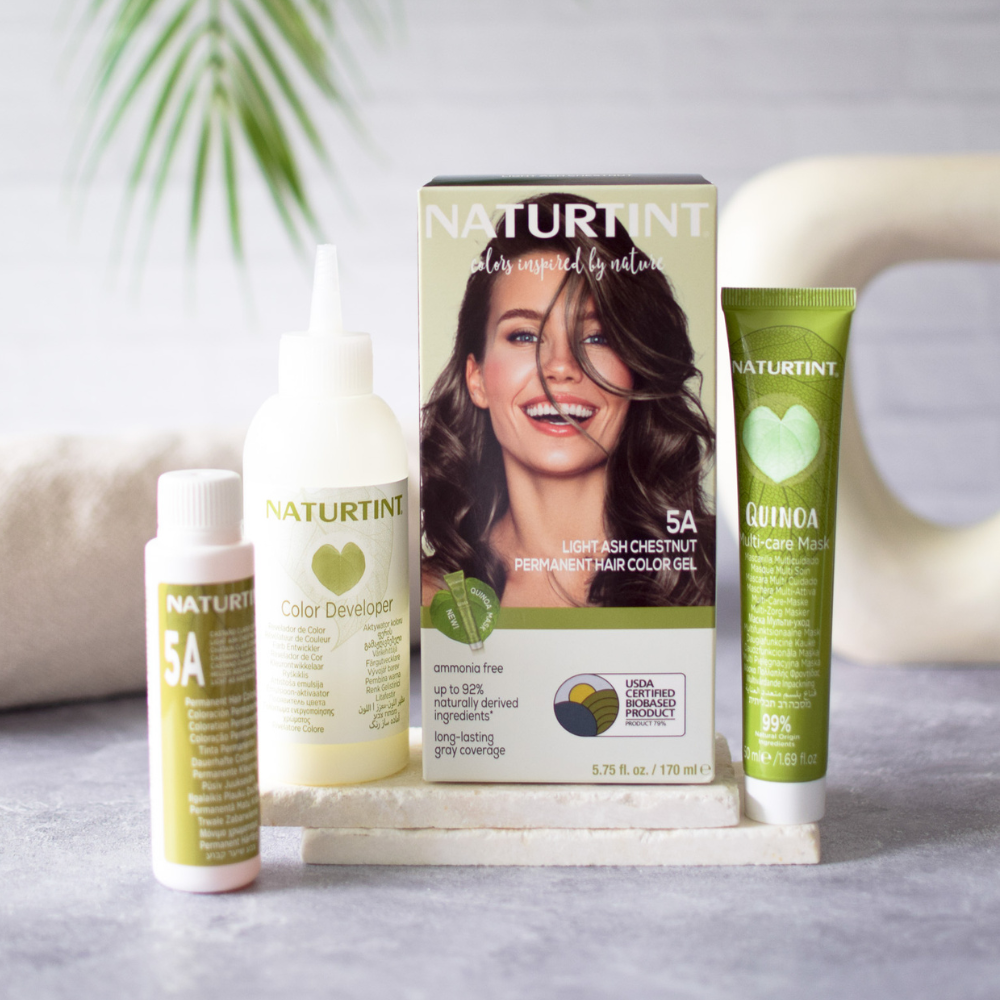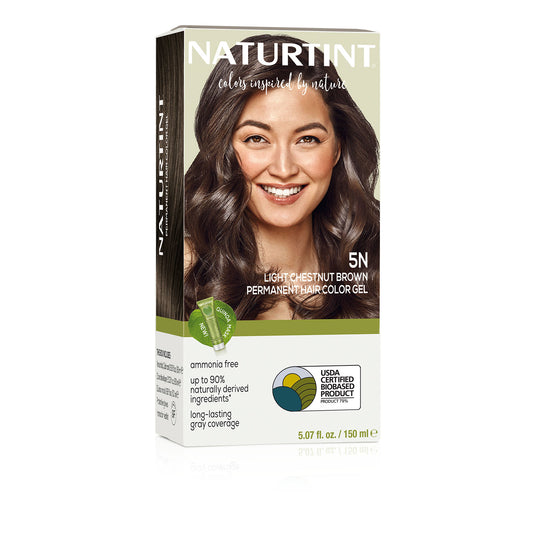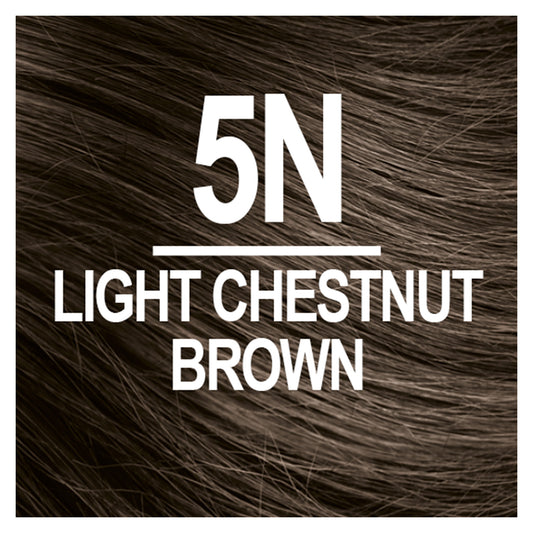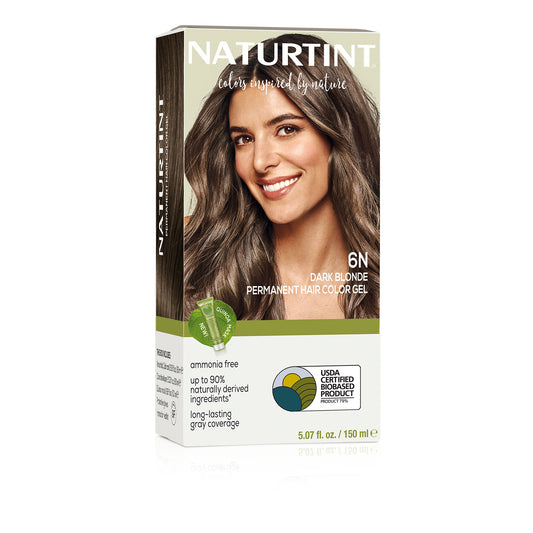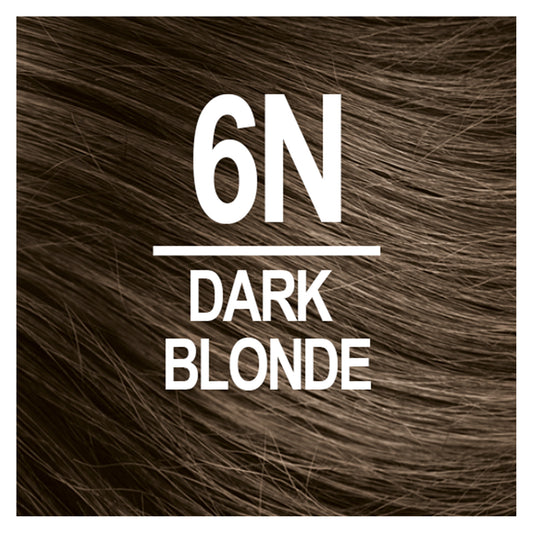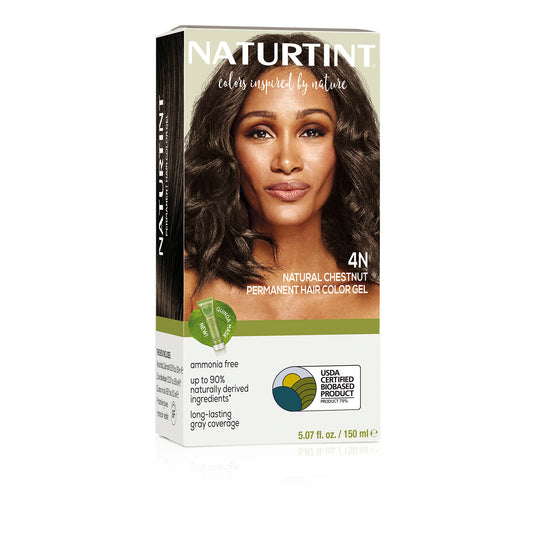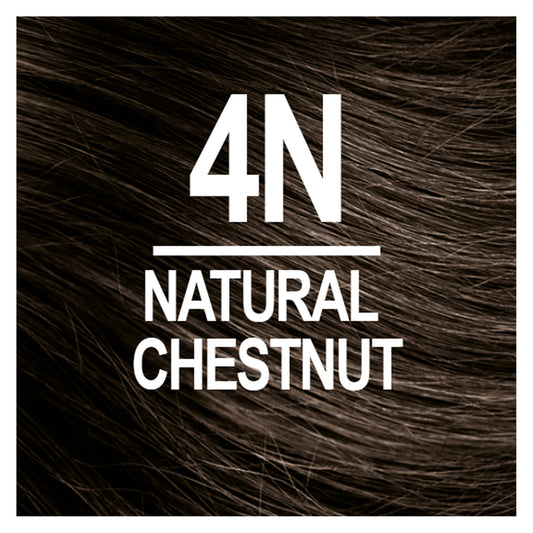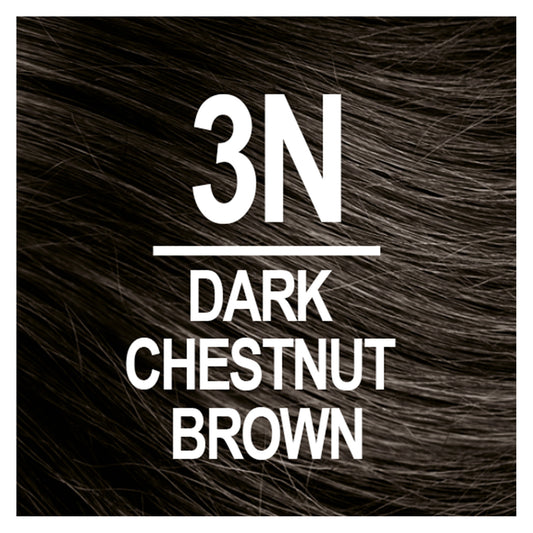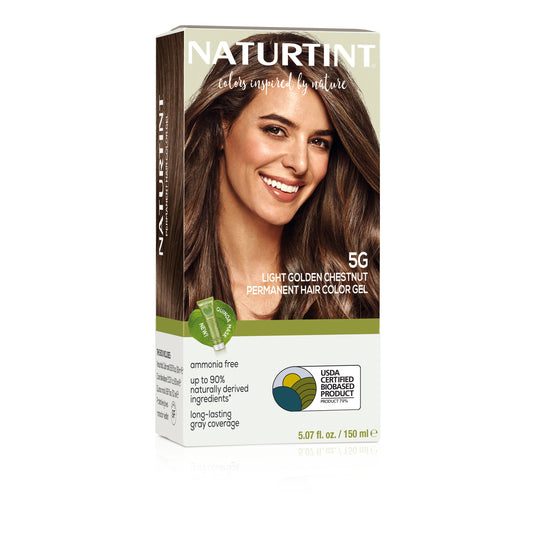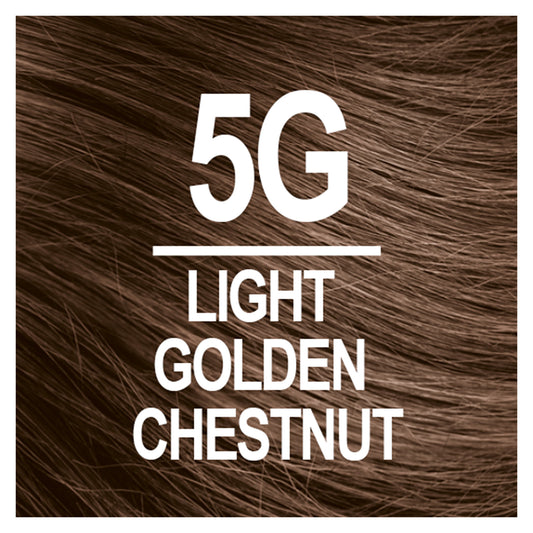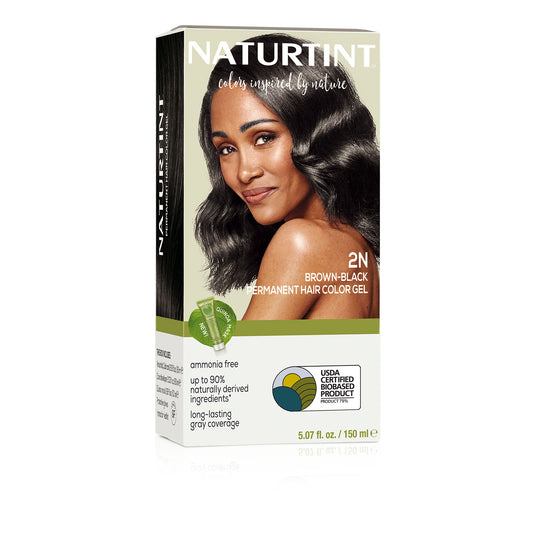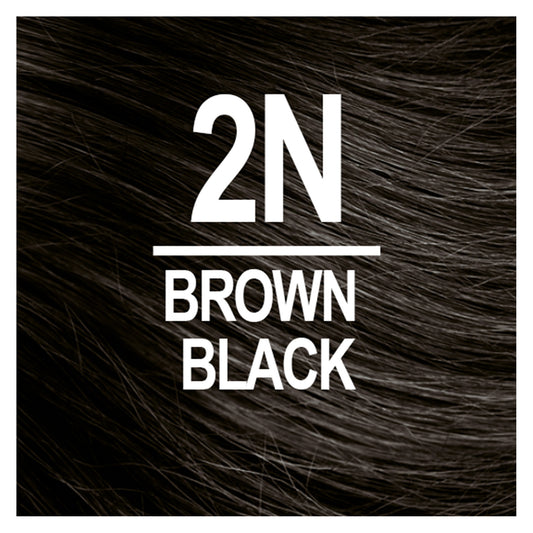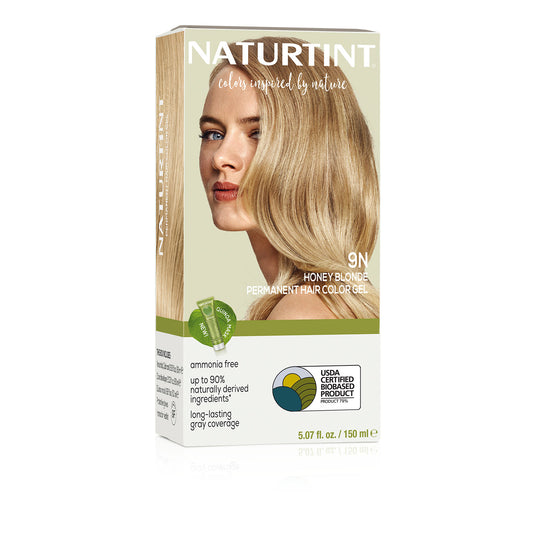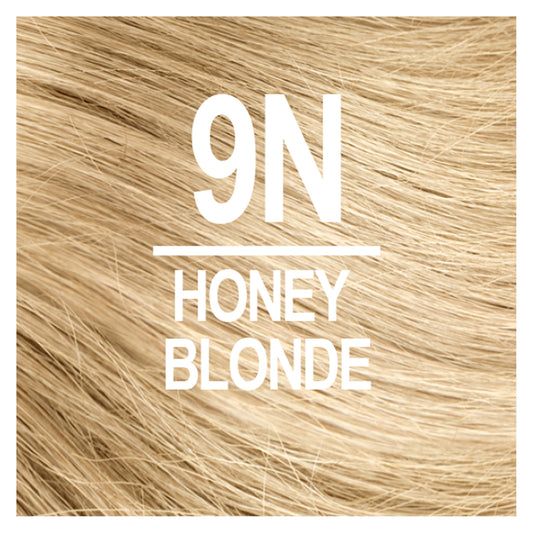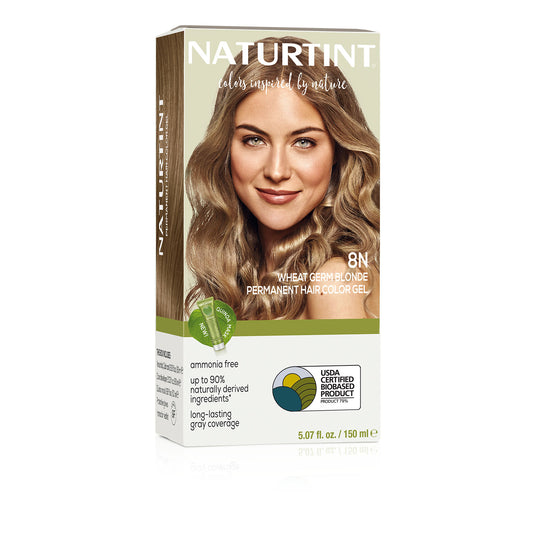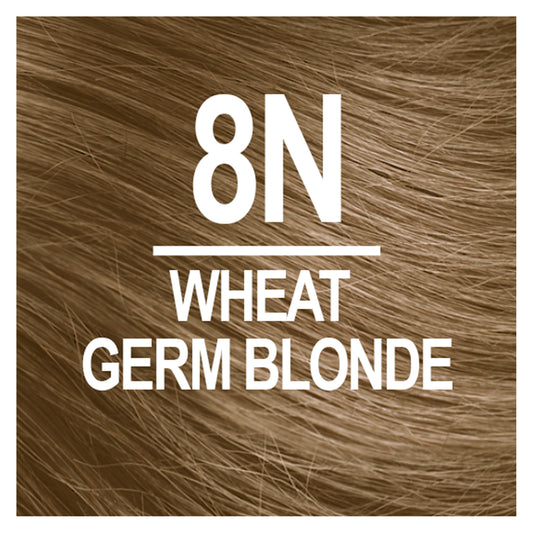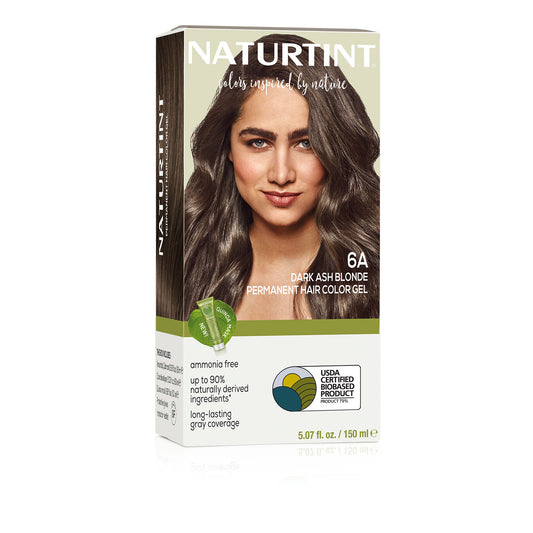If you’ve ever wondered how hair color treatment works, meet the 3 players behind the surprising(ly fun) science of hair color (and not nearly as confusing as high school chemistry).
Meet the three players working together to make hair color change possible:
The Gatekeeper: Hair Cuticle
Let’s talk about your cuticles first. They’re the outer layer of each strand of hair that acts as a gatekeeper, protecting the inside of your hair.
When you choose a semi-permanent hair color, the color is coated on top of the cuticle. Semi-permanents give you a temporary color that washes out fairly quickly.
However, if you choose a permanent color, a different process happens. The cuticle must first be opened, allowing the hair color to penetrate the cortex of your hair. Then, the cuticle must be closed to seal the new color in.
Most tips for preventing color fade focus on keeping your cuticle shut to lock in the hair color pigments. For example, showering in hot water opens your cuticles and lets your color run out, so it’s better to opt for cooler water when washing your hair.
The Wild Card: Hair Porosity
This factor is a game-changer! Depending on whether your hair has high, medium, or low porosity, it could react to hair color very differently. Hair porosity simply means how porous your hair is and how quickly—or slowly—it absorbs moisture.
High porosity hair means your cuticle is damaged or open and on the dry side. Hair color will get absorbed quickly and usually fades faster. Low porosity hair means your cuticle is tightly shut, so hair color usually takes longer to absorb and won’t fade as quickly.
So essentially, porosity has a major effect on the absorption of the hair color, as well as how long it lasts.
The Catalyst: Hair Color
Now let’s talk about how the hair color itself works.
Without getting too technical, the key component of hair coloring products is the alkaline medium. It creates the pH level needed to lift the hair’s cuticle. Many hair coloring products use ammonia to achieve this result. Naturtint uses a similar ingredient called ethanolamine, which doesn’t have the strong smell of ammonia, and doesn’t lift the cuticle quite as much.
Another essential factor is the oxidant. When the colorant and color developer are mixed, the oxidant releases oxygen to activate the pigment of the color.
The last component is simply the micro-pigment, or the actual color used to tint the hair. Once pigments are absorbed, your hair will transform to a whole new color.
So, there’s the science behind hair color treatments! Hopefully now you have a better understanding of how hair color can affect your hair and are empowered to make the best choices possible!
